Related Research Articles
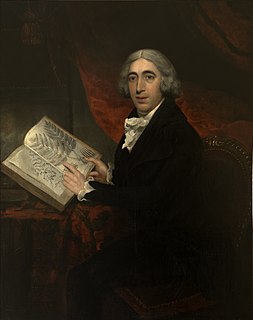
Sir James Edward Smith was an English botanist and founder of the Linnean Society.

Asa Gray is considered the most important American botanist of the 19th century. His Darwiniana was considered an important explanation of how religion and science were not necessarily mutually exclusive. Gray was adamant that a genetic connection must exist between all members of a species. He was also strongly opposed to the ideas of hybridization within one generation and special creation in the sense of its not allowing for evolution. He was a strong supporter of Darwin, although Gray's theistic evolution was guided by a Creator.

Katherine Esau was a German-American botanist who received the National Medal of Science for her work on plant anatomy.
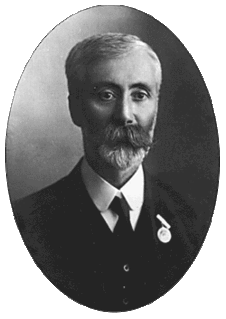
Joseph Henry Maiden was a botanist who made a major contribution to knowledge of the Australian flora, especially the genus Eucalyptus. This botanist is denoted by the author abbreviation Maiden when citing a botanical name.
Edgar Shannon Anderson was an American botanist. He introduced the term introgressive hybridization and his 1949 book of that title was an original and important contribution to botanical genetics. HIs work on the transfer and origin of adaptations through natural hybridization continues to be relevant.

Charles Edwin Bessey was an American botanist.
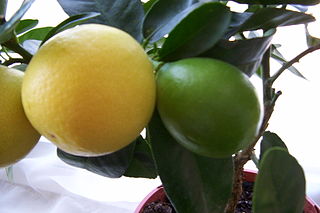
Walter Tennyson Swingle was an American agricultural botanist who contributed greatly to the classification and taxonomy of citrus.
Albert Charles Smith was an American botanist who served as director of the National Museum of Natural History and Arnold Arboretum and was the former president of the American Society of Plant Taxonomists.
Charles Austin Gardner was an English-born Western Australian botanist.
William C Carruthers was a Scottish botanist and paleobotanist.

Plant anatomy or phytotomy is the general term for the study of the internal structure of plants. Originally it included plant morphology, the description of the physical form and external structure of plants, but since the mid-20th century plant anatomy has been considered a separate field referring only to internal plant structure. Plant anatomy is now frequently investigated at the cellular level, and often involves the sectioning of tissues and microscopy.
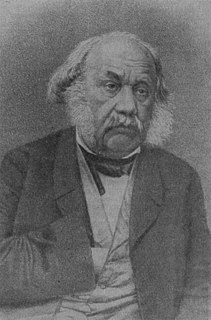
Nikolai Stepanovich Turczaninow was a Russian botanist and plant collector who first identified several genera, and many species, of plants.
William Trelease was an American botanist, entomologist, explorer, writer and educator. This botanist is denoted by the author abbreviation Trel. when citing a botanical name.
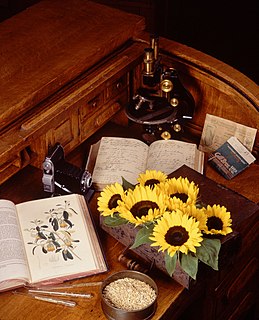
The history of botany examines the human effort to understand life on Earth by tracing the historical development of the discipline of botany—that part of natural science dealing with organisms traditionally treated as plants.
Robert Almer Harper was an American botanist.

Rose Eudora Collom was an American botanist and plant collector. She was the first paid botanist of the Grand Canyon National Park. She discovered several plant species, some of which were named in her honor, and collected numerous plant specimens.
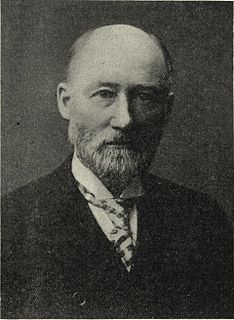
Volney Morgan Spalding was an American botanist affiliated with the University of Michigan for twenty-eight years, and for most of this period was head of the botany department.
David Frederick Cutler PPLS is an English botanist and plant anatomist.
Hugh Daniel Wilson was an American botanist and plant taxonomist. He was a professor at Texas A&M University and was named a Fellow of the American Association for the Advancement of Science.
Emanuel David "Rudy" Rudolph was a botanist, lichenologist, and historian of botany. He was "the first botanist to conduct diverse experiments on the total biology of lichens in both polar regions".
References
- 1 2 Seago, Jr., James L.; Armstrong, Joseph E. (Summer 2003). "Charles Heimsch 1914- 2003". Plant Science Bulletin. The Botanical Society of America. 49 (2): 51. ISSN 0032-0919 . Retrieved 29 January 2021.
- ↑ Burk, William R. (2003). "Obituaries of the Members of The Ohio Academy of Science Report of the Necrology Committee, 2003". Necrology. 103: 150. Retrieved 29 January 2021.
- ↑ "Charles Heimsch, 89, botanist and educator". Moscow-Pullman Daily News. 28 April 2003. Retrieved 29 January 2021.
- ↑ "1994 Hall of Fame Inductees". Miami University RedHawks. Retrieved 29 January 2021.